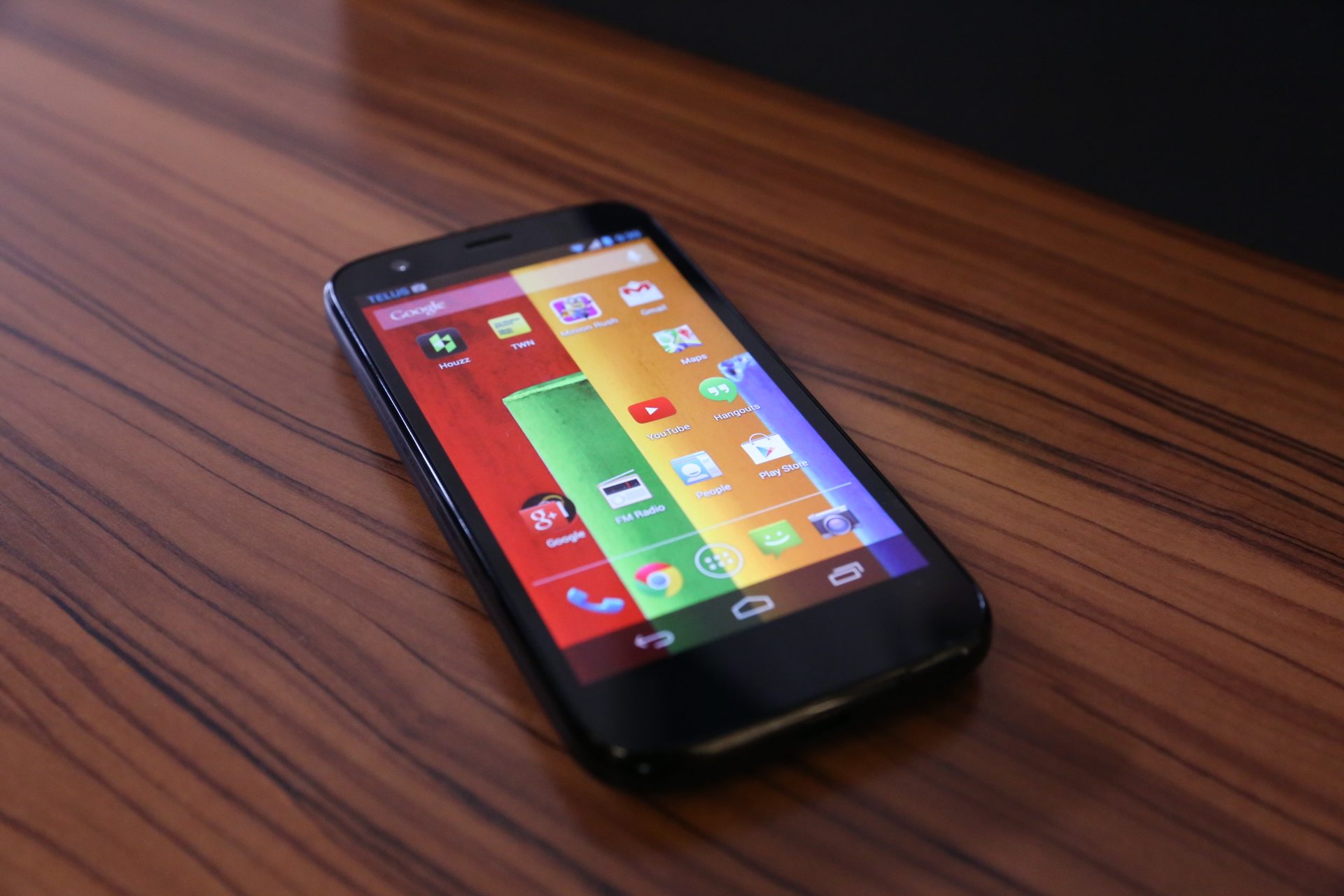Since the Android Marshmallow OS was launched everyone is eagerly waiting for it to pup op on their gadgets. More recent devices were supposed to be the ones to first get the Marshmallow update. At least that was the case up until now. These days the CyanogenMod 13 was released and it is able to bring the Marshmallow update to older devices also. One of these devices is the Moto G first generation, or Moto G1. Let’s take a look at how CM 13 can deliver the Marshmallow update and how this will work on the Moto G1.
First we have to say that the Marshmallow update offered via CM 13 is not the official Marshmallow update. The Moto G was not supposed to get the official Marshmallow update, so this is at this moment the next best thing. If you own a Motorola Moto G1 and want to have the Marshmallow update it might be actually the only way to get it. At least for now. The CyanogenMod 13 is a custom ROM based on Android Marshmallow. Although the CM 13 was not officially released yet, users will be able to get their hands on a CM 13 under construction. Unfortunately this means that there are still a few problems that should not exist if the Moto G1 would get the actual Marshmallow update. However, every single Marshmallow update problem is being addressed as we speak, so there will probably be a solution for them in the near future.
Features that work on the Marshmallow update delivered by CM 13 include phone calls, text messages, mobile data, WiFi, GPS, Bluetooth, video playback, audio, sensors and LED. Although the camera was originally not working, CM 13 developers already worked their way around the problem, so now the Marshmallow update that comes via CM 13 will also work with the camera of the Moto G1. Marshmallow update bugs that weren’t fixed yet include the ones related to the flashlight and FM radio. Of course, these will also be handled and CM 13 users will get the full Marshmallow update experience on their Motorola Moto G1.
In order to install the Marshmallow update offered by CM 13 users will have to follow a line of simple (and not that simple) steps:
- First, if TWRP recovery is not installed on your Moto G1, you should root and install it, using this guide
- Download the Marshmallow update offered via CM 13 from here
- Download Google Apps. This will complete your Marshmallow update achieved by CM 13.
- Copy the downloaded files on your computer after connecting your Moto G1 to it
- Boot into recovery mode by pressing and holding Volume down + Power button together and release them after 3-4 seconds. This should allow you to enter bootloader mode. Use volume up/down repeatedly until Recovery option shows up, and then use Power button to select it and enter recovery mode.
- After entering TWRP recovery mode create a backup of your device.
- Wipe data and cache and make a factory reset.
- Flash the CM13zip.
- Flash Google Apps and then SuperSU file for root access.
- Reboot into recovery mode.
- Install the Google Apps (gapps)
- Reboot once again
Following these steps should enable you to enjoy the Marshmallow update on your Moto G1. However it is important to know that if you choose the Marshmallow update via CM 13 it will probably void your warranty for the Moto G1. If you wouldn’t like to jeopardize this, you should stick to the Android version the device came preinstalled with. Of course, this would mean that you probably won’t get the Marshmallow update anytime soon. If you will ever get it via Motorola. It really depends on how bad users would like to get the Marshmallow update. If they really want it, at least at this point, the CM 13 solution seems to be the best one.
 Tech Gadget Central Latest Tech News and Reviews
Tech Gadget Central Latest Tech News and Reviews




